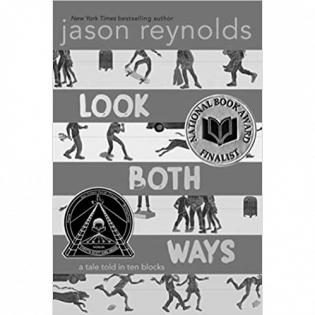Learners brainstorm ways to "build capital in a trust bank account." They read and discuss a Celtic folktale and discuss the role of communication in building trust.
Filter by subjects:
Filter by grades:
Filter by audience:
Filter by issue area:
Filter by content type:
Filter by resource type:
resource search
Learners examine their family trust relationships and connect their experiences with the trust bank account. They brainstorm things their family depends on them for and decide if they feel trustworthy at home.
Learners write an acrostic poem using the letters of their name to communicate their trustworthy nature.
This is a story that takes place in one day from ten different perspectives. In the ten blocks around the school as it lets out one day, we meet kids and learn who are they when there are no adults listening in.
On their own, learners take a stand on several statements about the nature of promises. Then in a group, they argue and discuss a point of view about each statement.
The learners use metaphors to describe a trustworthy person.
The learners read the metaphor drawings of the other groups and copy strong words and phrases that help define trustworthiness. They identify traits of people they know (including themselves) and write a definition of trustworthy.
The learners read about two very different Texas pioneers - William Goyens and Mary Maverick - and identify how they earned the trust of others.
Learners reflect on their own experience with trustworthy behavior or respond to a quote about trust.
The learners analyze and define the value of promises and building trust. They define trustworthiness by writing metaphors and responding to essays. Learners reflect on their own experience with trustworthy behavior or respond to a quote about trust.
